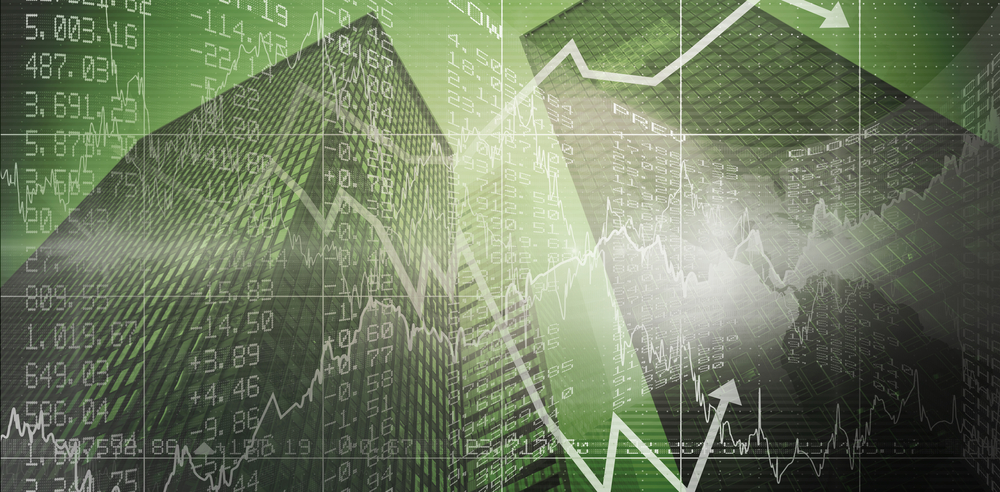

We’re seeing some big rates and FX moves, so we update our correlation and short-term value models. We find the following:
This article is only available to Macro Hive subscribers. Sign-up to receive world-class macro analysis with a daily curated newsletter, podcast, original content from award-winning researchers, cross market strategy, equity insights, trade ideas, crypto flow frameworks, academic paper summaries, explanation and analysis of market-moving events, community investor chat room, and more.
We’re seeing some big rates and FX moves, so we update our correlation and short-term value models. We find the following:
- USD/JPY is most correlated to rate differentials (Table 1).
- The 5y rate spread is the best indicator to look at.
- Looking at levels, rate spreads suggest that USD/JPY should be trading closer to 141 (Chart 1). This suggests that either USD/JPY is set to surge higher or that a BoJ jump risk factor is built in such that USD/JPY will not fully move up with rate spreads.
- Looking at the correlation of changes in USD/JPY, which is the more statistically proper way of doing this, this suggests that USD/JPY should be trading closer to 133.
- Bottom line is that rate spreads are what matter for the future direction of USD/JPY – but it is unclear whether USD/JPY will play catch-up to previous moves in yields.
- EUR/USD is most correlated to commodity prices (Table 2).
- Gold, copper and iron ore feature at the top of our correlation table, followed by CNH and 2y rate spreads. This suggests that China is playing a big factor in EUR/USD.
- Looking at both levels and changes, EUR/USD is about fairly valued relative to current levels of commodity prices (Chart 2).
- Bottom line, watch the China story and commodities as a guide to EUR/USD.



